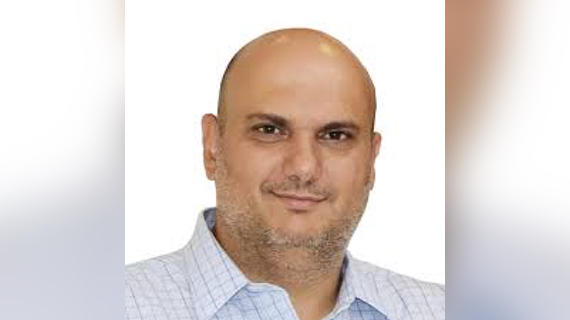Antonis Chaniotis
Management of severe curvatures and complex anatomy with martensitic files: A new approach for safer minimal intervention

- Chaniotis Antonis graduated from the University of Athens Dental School, Greece (1998)
- In 2003 he completed the three-year postgraduate program in Endodontics at the University of Athens Dental School
- Since 2003, he owns a limited to microscopic Endodontics private practice in Athens, Greece
- For the last ten years, he served as a clinical instructor affiliated with the undergraduate and postgraduate programs at the University of Athens, Athens Dental School, Endodontic department, Greece
- In 2012 he was awarded the title of Clinical fellow teacher at the University of Warwick, Warwick dentistry UK
- He lectures extensively nationally and internationally and he has published articles in local and international Journals
- He currently serves as an active member of the Hellenic Society of Endodontology (ESE full member society), a certified member of the European Society of Endodontology (ESE) and international member of American Association of Endodontists (AAE)
Nationality: Greece
Scientific areas: Endodontics
15 of november, from 09h00 until 12h00
Auditório B
Conference summary
Management of severe curvatures and complex anatomy with martensitic files: A new approach for safer minimal intervention (09:00am – 10H30am)
The root canal system is often a highly complicated canal network of multi-planar curvatures and anastomoses. Reaching the biological and design objectives of instrumentation in severely curved canals, deep apical splits and complicated canal systems can be an extremely challenging aspect of root canal treatment. The aim of this lecture is to introduce a novel minimal invasive instrumentation concept with EDM martensitic files for the predictable and safe enlargement of extremely challenging root canal systems.
Learning objectives
Upon completion of this course the participant should be able to :
- Understand the design and biological objectives of canal instrumentation
- Understand the anatomical complexity of the root canal systems
- Investigate the minimum instrumentation requirements for effective disinfection
- Implement a new instrumentation method for the predictable management of challenging anatomies
Saving hopeless teeth with regenerative endodontic procedures (11:00 am – 12:00 pm)
Occasionally the young pulp of permanent developing teeth might become infected or necrotic due to carries or trauma. According to the magnitude of pulpal damage different treatment modalities may exist, like direct pulp capping, pulpotomy, apexogenesis or apexification. The therapeutical objectives of the available treatment options are based on the clinical diagnosis of normal pulp, reversibly inflamed pulp, irreversibly inflamed pulp or totally necrotic pulp. The greater the pulp damage of the developing permanent dentition is, the more compromised the prognosis gets. Recently, regenerative endodontic procedures were introduced in order to improve the long term prognosis of the compromised developing permanent teeth by reestablishment of a functional vital tissue that fosters continued root development and immune competency. A paradigm shift towards these biologically based approaches might benefit the young patients by improving the long-term survival of even otherwise hopeless teeth.
The aim of this lecture is to describe the application of specific clinical regenerative endodontic protocols for the treatment of hopeless teeth in children and adults.
At conclusion the participants will be able to:
- Discuss the biological basis of regenerative endodontic procedures
- Apply specific clinical regenerative protocols for the treatment of compromised and hopeless teeth in children and adults
- Evaluate the regenerative treatment alternatives in the everyday clinical practice
Scientific sponsors
COLTENE